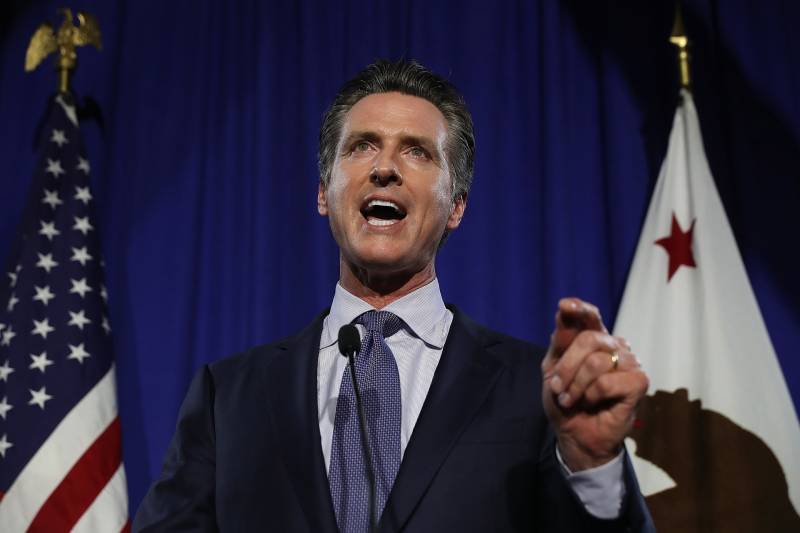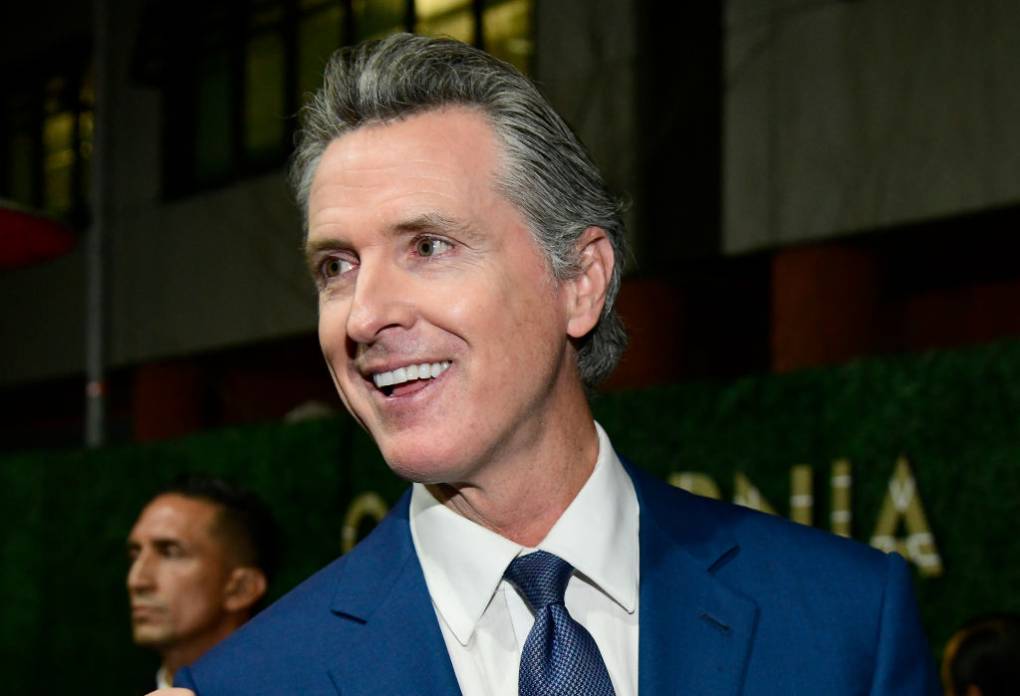“They have two starkly different philosophies on how to run a state and that choice will be on the ballot at some point, whether its either one of those two or other folks in their parties,” said Bill Burton, a California political consultant who was a spokesperson for former President Barack Obama.
The ongoing drama in Washington that has kept GOP Rep. Kevin McCarthy, a fellow Californian, from securing the speakership in the U.S. House also boosts Newsom’s argument that Democrats are better at governing, said Kim Nalder, professor of political science at California State University, Sacramento.
“His narrative that he’s trying to create is: Look how much better things could be if Democrats ran the political world,” she said.
The California Republican Party had a different interpretation, noting that more people are leaving California than moving to the state.
“While we can only hope that Newsom spends a little more time in his second term dealing with the problems he created in the Golden State, we expect he’ll be far too busy chasing laughable White House fantasies and lashing out at red states that countless former Californians are now calling home,” Jessica Millan Patterson, chair of the party, said in a statement.
But Californians have twice reinforced their support for Newsom in the past 15 months: first in a 2021 recall attempt that failed and again last November, when he handily won his second term.
Newsom’s first term was dominated by wildfires, a major utility bankruptcy and the coronavirus pandemic, which has killed more than 100,000 Californians, and prompted monthslong shutdowns of businesses and schools. But he was also handed a massive budget surplus that allowed him to invest tens of billions of dollars in the environment, education, child care and health care.
Now he enters his second term with a projected $25 billion budget deficit, which limits what he can spend on and may force budget cuts. He’ll offer his first glimpse of spending priorities next week.


